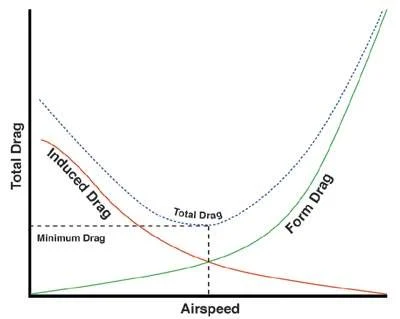There is new research related to drag reduction that environmental tech geeks will love. It could help industries like shipping to lessen their energy use and carbon emissions.
Professor Derek Chan from the University of Melbourne’s Department of Mathematics and Statistics said the research establishes a new way to minimize the drag from fast moving projectiles in water.
It comes from a partnership between the University of Melbourne and the King Abdulla University of Science and Technology in Saudi Arabia. The research was centered on the 255 year-old Leidenfrost effect.
The Leidenfrost effect explains the phenomenon where a liquid creates an insulating vapor layer when it makes contact with a solid surface that is hotter than its boiling point.
The new research utilized high-speed video recording to calculate the drag generated from polished balls dropped into liquid. The results showed that the drag on the ball is decreased to almost the minimum possible level through the forming of an insulating vapor as it falls through the liquid.

Professor Chan said that the new drag reduction technique has the potential to reduce energy costs for an expansive range of applications, like ocean transport and high-pressure pumping of liquid through pipelines.
“An obvious area of application is shipping,” he said.
“Australia transports a large amount of products such as iron ore and grain around the world. The ship’s hot body could substantially minimise the amount of drag as it passes through water, therefore potentially reducing transportation costs and greenhouse gas emissions.”
“There are still a number of issues that need to be addressed before this drag reduction method can be applied commercially, such as the effect of increased heat on issues such as corrosion,” he said.
The paper was published as a research highlight in Nature Physics today, and in full by the Physical Review Letters, a peer-reviewed scientific journal published by the American Physical Society.
The University of Melbourne and the King Abdulla University are now working on a follow-up paper on theory. Although the first paper proved that the drag reduction method is real and feasible, the follow-up paper will deliver detailed theoretical analysis of the research. And the scientific community loves juicy tidbits like that.






